Proprietary material of radio wave absorbing ceramics
Compared to conventional resin or rubber materials, this material has superior heat resistance and abrasion resistance, and can be used as a radio wave absorber mainly in the millimeter wave band.
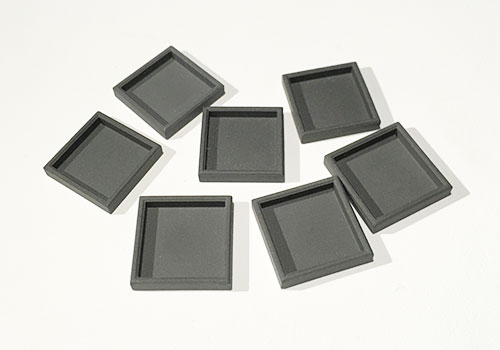
Feature
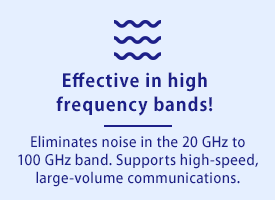
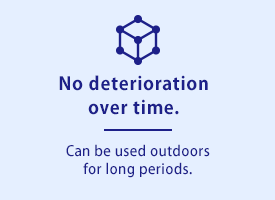
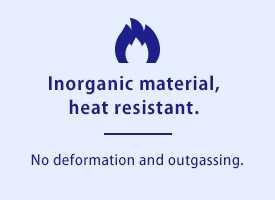
●Three-dimensional structure with alumina as the main component
●Excellent electric wave absorption characteristics in the submillimeter wave and millimeter wave bands
●Can be manufactured as surface mounting components
●Excellent heat resistance
●High thermal conductivity
●High dimensional accuracy
Use
●Packaged components for noise suppression in submillimeter wave and millimeter wave applications
●Various device components
Specification
| Comparison items | our’s | Flexible materials (other competitors’ products) |
Solid Materials (other competitors’ products) |
|---|---|---|---|
| Characteristic holding temperature | 400℃ | Less than 300℃ | 300℃ |
| Structure holding temperature | 1000℃ | 300℃ | – |
| Outgassing | No occurrence (up to 400℃) | Yes (organic and sulfuric gases) | No occurrence (up to 300℃) |
| Bending strength | 150~250MPa | – | 70MPa |
| Modulus of elasticity | 23.8GPa | – | – |
| Coefficient of linear expansion | 5.13 × 10-6/℃ | – | 15 × 10-6/℃ |
| Thermal conductivity | 12.1W/m/K | 3.6W/m/K | 3.6W/m/K |
| Electrical resistance | 1KΩ~50MΩ | 4.3MΩ | – |
| Supported frequencies | 50GHz~75GHz | 10MHz~3GHz | 0.7GHz~4GHz |
Absorption characteristics
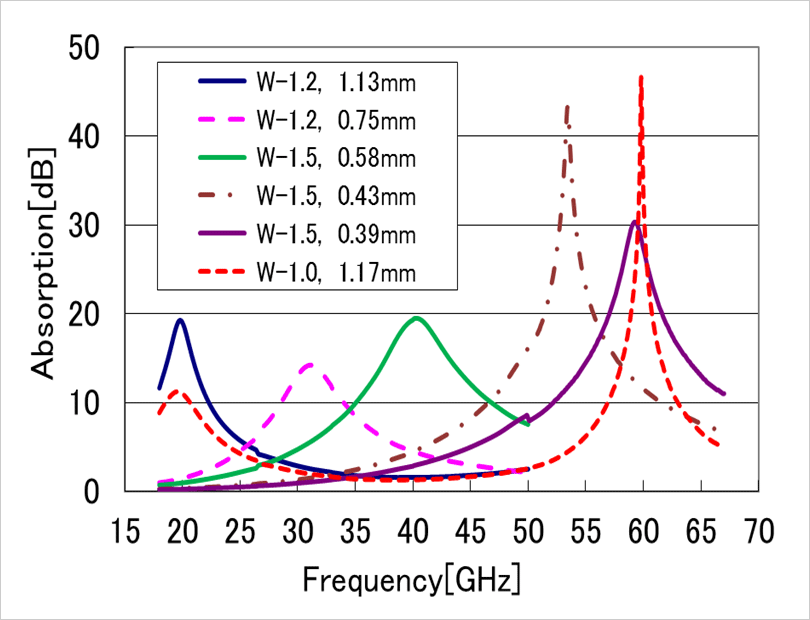
Principle
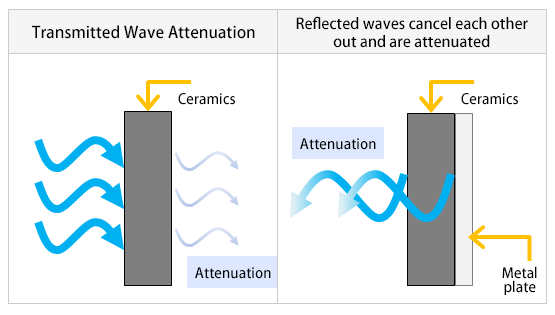
Method of bonding to metal
● Adhesive bonding is possible
● Glass sealing suitable for long-term outdoor use is also possible (melting temperature of low melting point glass: 560℃)
● Kovar, which has similar thermal expansion to that of ceramics, can be used at high temperatures
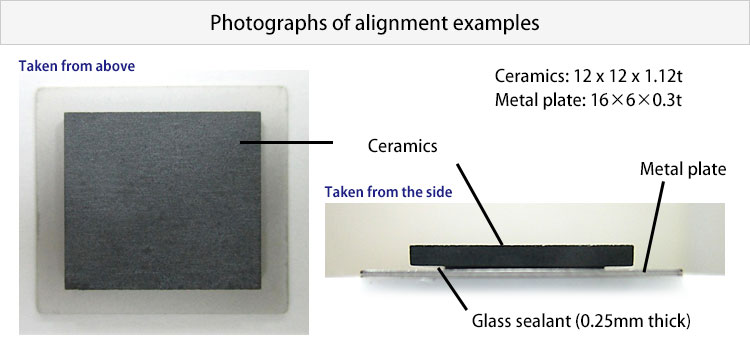


 日本語
日本語 中文
中文